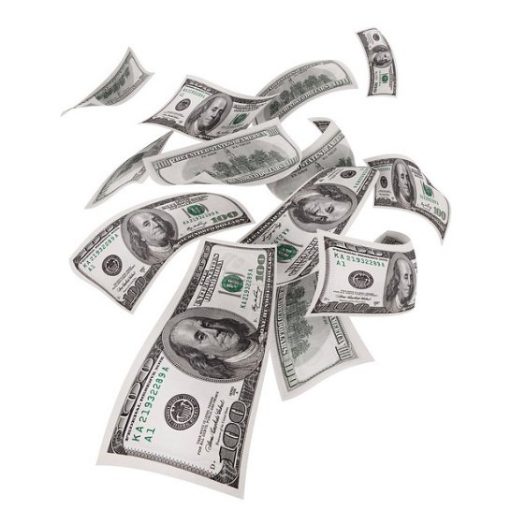 PIMCO’s Bill Gross, manager of the world’s biggest bond fund, has an interesting take on the corrosive impact on personal savings from aggressive monetary easing and negative interest rates. (Gross’ full May investment outlook can be found here.)
PIMCO’s Bill Gross, manager of the world’s biggest bond fund, has an interesting take on the corrosive impact on personal savings from aggressive monetary easing and negative interest rates. (Gross’ full May investment outlook can be found here.)
Negative Real Interest Rates – “Trimming the Bangs”
During and after World War II most countries with high debt overloads resorted to artificially capping interest rates below the rate of inflation. They forced savers to accept negative real interest rates which lowered the cost of government debt but prevented savers from keeping up with the cost of living. Long Treasuries, for instance, were capped at 2½% while inflation was soaring towards double-digits. The resulting negative real rates together with an accelerating economy allowed the U.S. economy to lower its Depression-era debt/GDP from 250% to a number almost half as much years later, but at a cost of capital market distortions.
Today, central banks are doing the same thing with near zero-bound yields and effective caps on higher rates via quantitative easing. The Treasury’s average cost of money is steadily grinding lower than 2%. If current policies continue to be enforced in future years it will eventually be less than 1% because of the inclusion of T-bill and short maturity financing. The government’s gain, however, is the saver’s loss. Investors are being haircutted by at least 200 basis points judged by historical standards, which in the past offered no QE and priced Fed Funds close to the level of inflation. Large holders of U.S. government bonds, including China and Japan, will be repaid, but in the interim they will be implicitly defaulted on or haircutted via negative real interest rates.
Are Treasuries money good? Yes. But are they good money? Most assuredly not, when current and future haircuts are considered. These rather innocuous seeming (-1%) and (-2%) real rate haircuts are not a bob or a mullet in hairstyle parlance. More like a “trimming of the bangs.” But at the cut’s conclusion, there’s a lot of hair left on the floor.
Inflation’s sort of like your everyday “Mad Men – Don Draper” type of haircut. It’s been around for a long time and we don’t really give it a second thought except when it’s on top of a handsome head like Jon Hamm’s. 2% ± a year – some say more – but what the heck, inflation’s just like breathing air … you just gotta have it for a modern-day levered economy to survive. Sometimes, though, it gets out of control, and when it is unexpected, a decent size hit to your bond and stock portfolio is a possibility. If our TV idol Don Draper lives another decade or so on the airwaves, he’ll find out in the inflationary 70s. Such was the example as well in the Weimar Republic in the 1920s and in modern day Zimbabwe with its One Hundred Trillion Dollar bill shown below. As central banks surreptitiously inflate, they also devalue their currency and purchasing power relative to other “hard money” countries. Either way – historical bouts of inflation or currency devaluation suggest that your investment portfolio may not be “good as the money” you might be banking on.
Photo: Copper Cliff Man




